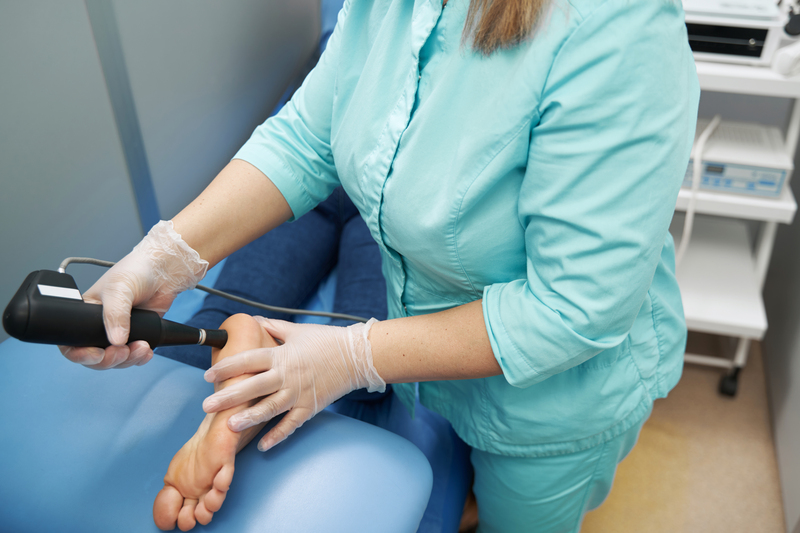Shockwave therapy! What is it?
Have you heard about Shockwave Therapy before or is this the first time? Do you know what to use? Is it a safe method? Want to know the answers to these questions? We will get to know the answers to these questions together. What is Shockwave Therapy? Doctors resort to this treatment when symptoms persist for at least 3-6 months and other treatment methods, such as physical therapy, ice therapy and orthotics, have failed. It is safer than surgical procedures and injections, helps heal wounds, relieves pain and treats a wide range of chronic tendon diseases and problems, such as: Plantar fasciitis (heel pain) Patellar tendinitis Achilles tendinopathy Great rotator pain syndrome (lateral hip pain) Facts you should know The session takes approximately 30 minutes. You will often need 3 treatment sessions, one each week, but if you do not get the required results, the number of sessions may be increased to 6. You can resume your usual daily activities following the session, but avoid violent activities for up to 48 hours after treatment, even if you do not experience pain in the injured region. If you have used corticosteroid injections, you will need to wait six weeks before starting shockwave therapy. The success rate of this method is up to 70%, and it has not shown any long-term complications so far. Is it safe? Shockwave therapy is very safe and has minimal side effects, for example, it may cause pain and skin redness! You can then use over-the-counter pain relievers, but do not apply ice to the treated area and do not take non-steroidal anti-inflammatory drugs. Although it is a safe method, it should never be used in the following cases: If you are pregnant or planning to become pregnant For those under 18 years old For heart patients or when using a pacemaker The presence of a tumor or infection at the treatment site Acute inflammation in the treatment area When taking some antibiotics You should consult a specialist doctor because he is always best able to determine if shockwave therapy is the most appropriate choice for you or not.
Shockwave therapy! What is it? Read More »




